Nico Mansfeld
Fast yet predictable braking manoeuvers for real-time robot control
Jun 10, 2023Abstract:This paper proposes a framework for generating fast, smooth and predictable braking manoeuvers for a controlled robot. The proposed framework integrates two approaches to obtain feasible modal limits for designing braking trajectories. The first approach is real-time capable but conservative considering the usage of the available feasible actuator control region, resulting in longer braking times. In contrast, the second approach maximizes the used braking control inputs at the cost of requiring more time to evaluate larger, feasible modal limits via optimization. Both approaches allow for predicting the robot's stopping trajectory online. In addition, we also formulated and solved a constrained, nonlinear final-time minimization problem to find optimal torque inputs. The optimal solutions were used as a benchmark to evaluate the performance of the proposed predictable braking framework. A comparative study was compiled in simulation versus a classical optimal controller on a 7-DoF robot arm with only three moving joints. The results verified the effectiveness of our proposed framework and its integrated approaches in achieving fast robot braking manoeuvers with accurate online predictions of the stopping trajectories and distances under various braking settings.
ISO/TS 15066: How Different Interpretations Affect Risk Assessment
Mar 05, 2022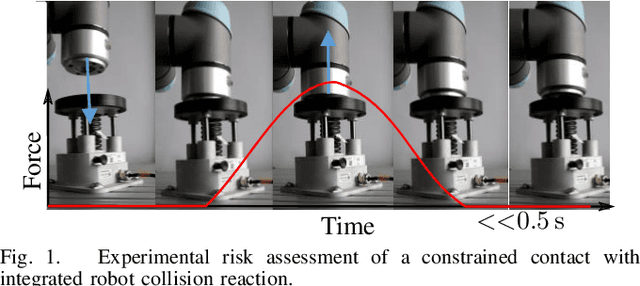
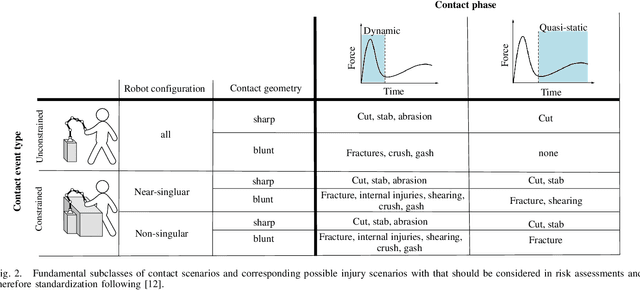
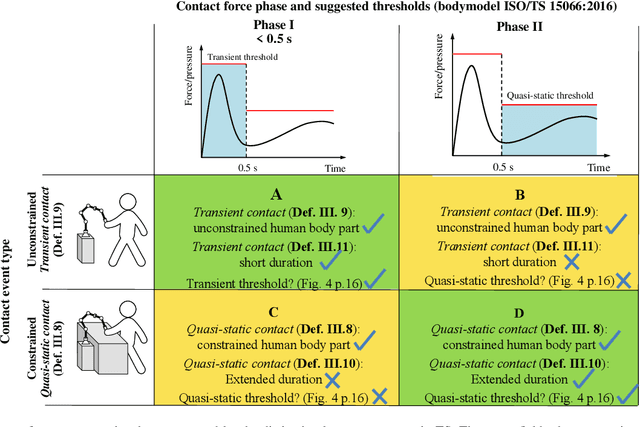
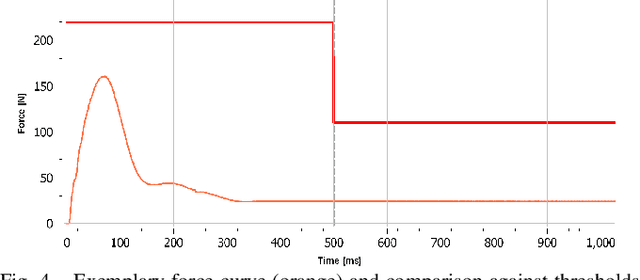
Abstract:The current technical specification ISO/TS15066:2016(E) for safe human-robot interaction contains logically conflicting definitions for the contact between human and robot. This may result in different interpretations for the contact classification and thus no unique outcome can be expected, which may even cause a risk to the human. In previous work, we showed a first set of implications. This paper addresses the possible interpretations of a collision scenario as a result of the varying interpretations for a risk assessment. With an experiment including four commercially available robot systems we demonstrate the procedure of the risk assessment following the different interpretations of the TS. The results indicate possible incorrect use of the technical specification, which we believe needs to be resolved in future revisions. For this, we suggest tools in form of a decision tree and constrained collision force maps, which enable a simple, unambiguous risk assessment for HRI.
Expectable Motion Unit: Avoiding Hazards From Human Involuntary Motions in Human-Robot Interaction
Sep 15, 2021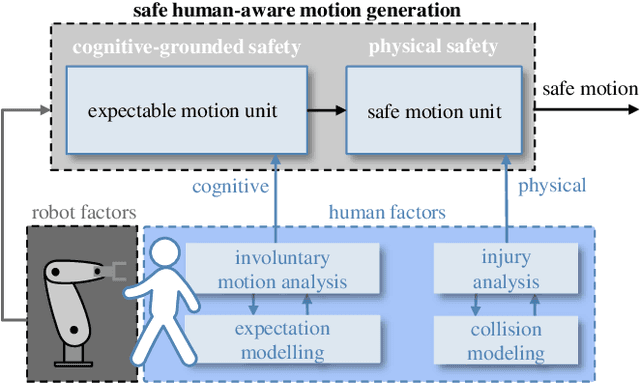


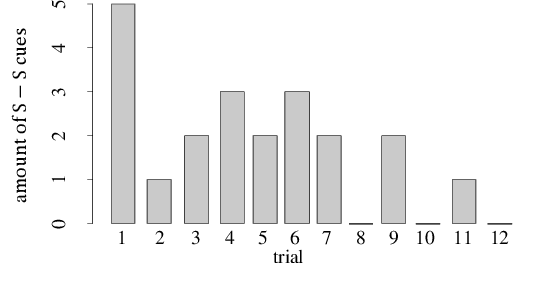
Abstract:In robotics, many control and planning schemes have been developed that ensure the human physical safety in human-robot interaction. The human psychological state and expectation towards the robot, however, are typically neglected. Even if the robot behaviour is regarded as biomechanically safe, humans may still react with rapid involuntary motion (IM) caused by startle or surprise. Obviously, such sudden, uncontrolled motions can jeopardize safety and should be prevented by any means. In this paper, we propose the Expectable Motion Unit (EMU) concept which ensures that a certain probability of IM occurrence is not exceeded in a typical HRI setting. Based on a model of IM occurrence that we generate through an experiment with 29 participants, the mapping between robot velocity, robot-human distance, and the relative frequency of IM occurrence is established. This mapping is processed towards a real-time capable robot motion generator, which limits the robot velocity during task execution if necessary. The EMU is combined with the well-established Safe Motion Unit in order to integrate both physical and psychological safety knowledge and data into a holistic safety framework. In a validation experiment, it was shown that the EMU successfully avoids human IM in five out of six cases.
 Add to Chrome
Add to Chrome Add to Firefox
Add to Firefox Add to Edge
Add to Edge